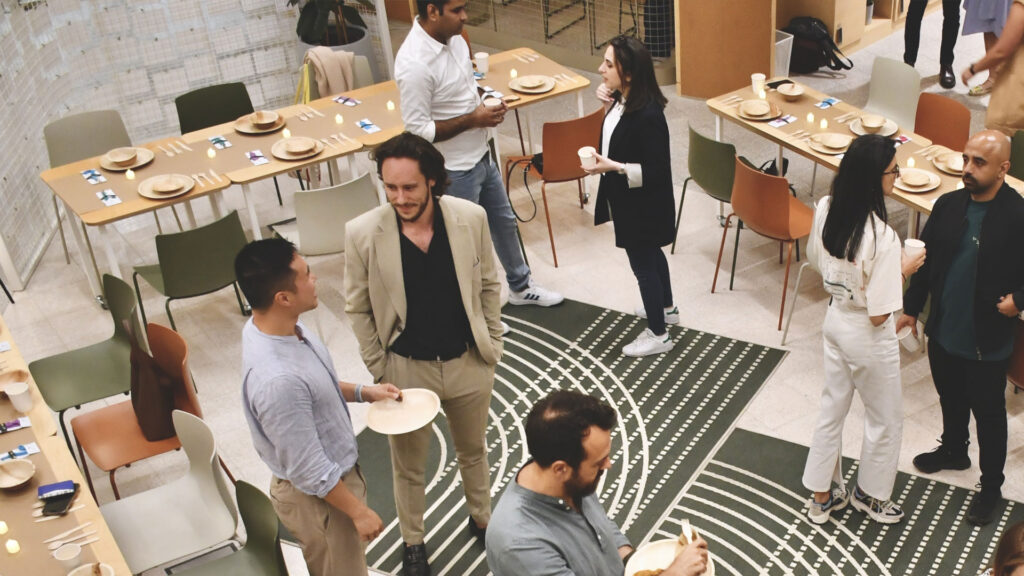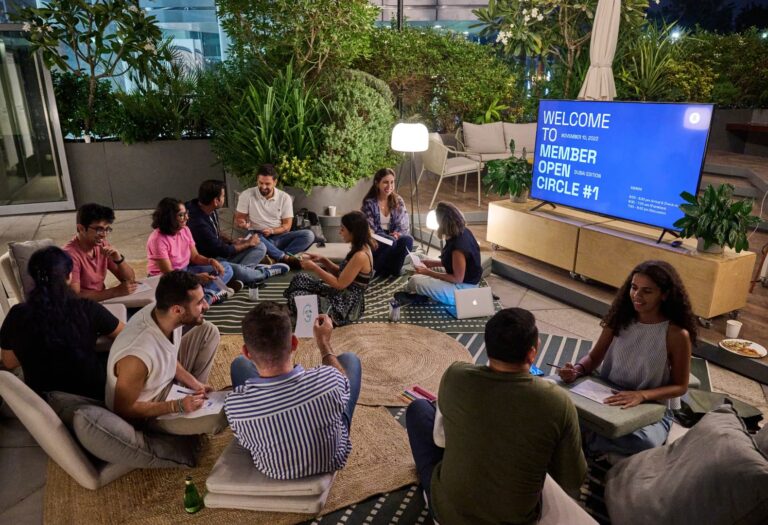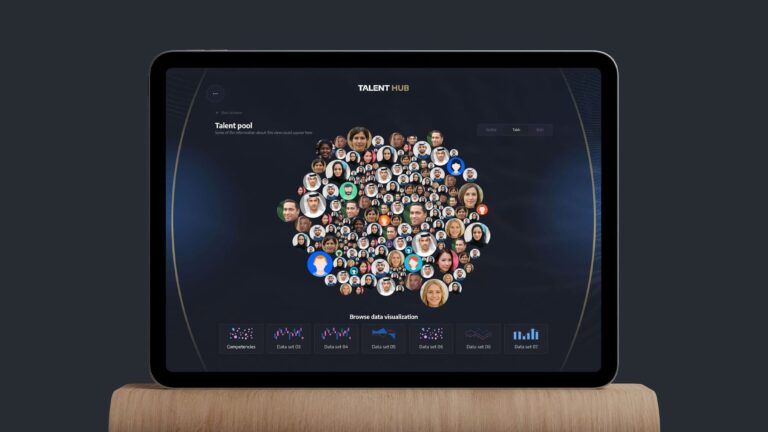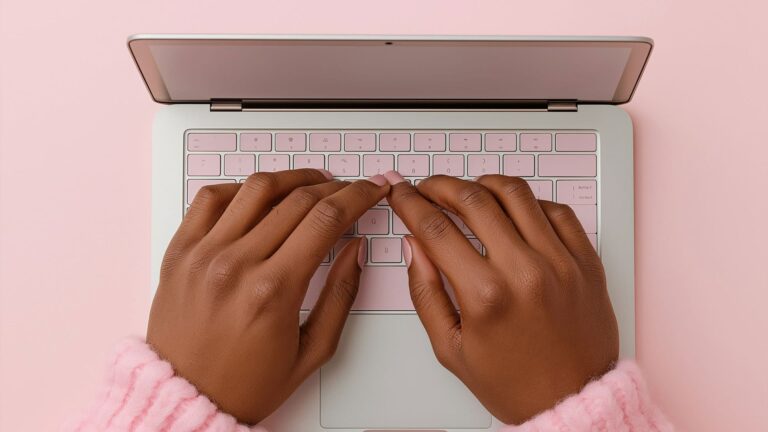Back in 2001, when I first started learning design, things were different. There were no AI tools to help generate ideas or automate tasks. It was just me, a computer, and a lot of trial and error. I made mistakes, learned from them, and kept going.
Fast forward to today, and the design landscape has completely changed.
We have AI that can generate entire concepts, automate repetitive tasks, and even suggest creative solutions. It’s exciting. But here’s the thing: while AI can help with the technical side of things, it can never replace the human connection.
The value of soft skills in design

Over the years, I’ve realized that my technical skills alone aren’t what land me clients. Yes, being a skilled designer is important, but it’s how I communicate, listen, and truly understand my clients’ needs that make the biggest impact.
Clients don’t just want a designer; they want someone who can bring their vision to life. They want to feel understood and trust that their project is in good hands. And that’s where soft skills come in.
Why empathy matters

One of the most important soft skills for any designer is empathy. It’s about putting yourself in the client’s shoes and understanding their vision, goals, and challenges. When a client feels understood, they’re more likely to trust you and your work.
When I work with a client, I don’t just ask about their design preferences. I ask about their business, their audience, and what they want to achieve.
It’s not just about making things look good, it’s about creating something that resonates with their brand and audience.
The power of storytelling

Design is more than just arranging elements on a page. It’s about telling a story.
Every client has a unique story to tell, and as a designer, it’s our job to help them tell it visually. Whether it’s through color, typography, or layout, the goal is to communicate a message that resonates.
Building lasting relationships

In the world of freelancing, relationships are everything. It’s not just about doing one project and moving on. It’s about building trust and creating long-term partnerships.
When clients feel like they’re working with someone who genuinely cares about their success, they’re more likely to come back again and again.
Over the years, I’ve learned that being reliable and communicative is just as important as being skilled.
Clients want to work with someone who delivers on time, listens to their feedback, and is easy to collaborate with.
How AI fits in

There’s no denying that AI has transformed the design world. It can generate ideas, automate tasks, and even help with some creative decision-making.
But at the end of the day, AI is just a tool. It can’t replace human intuition, creativity, or the ability to connect with clients on a deeper level.
As we continue to embrace AI in design, it’s essential not to lose sight of the human touch. While AI can handle the technical aspects, soft skills are what will set you apart as a designer.
How can you sharpen these soft skills?
- Practice Empathy: Put yourself in your client’s shoes. Ask questions, listen carefully, and make sure you fully understand their needs before jumping into the design.
- Focus on Storytelling: Think about how you can tell your client’s story through design. It’s not just about aesthetics—it’s about communicating a message.
- Build Strong Relationships: Be reliable, communicative, and easy to work with. Show your clients that you care about their success, and they’ll keep coming back.
Final thoughts
As AI continues to evolve, it’s easy to focus on the technical side of things. But remember: clients don’t hire you just for your technical skills. They hire you because they trust you to understand their vision and bring it to life.
To truly stand out as a designer, it’s not enough to just rely on AI or your technical abilities. It’s your soft skills—your empathy, storytelling, and relationship-building—that will set you apart and keep clients coming back.








